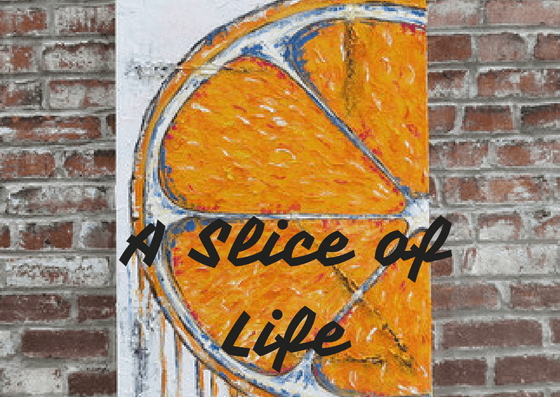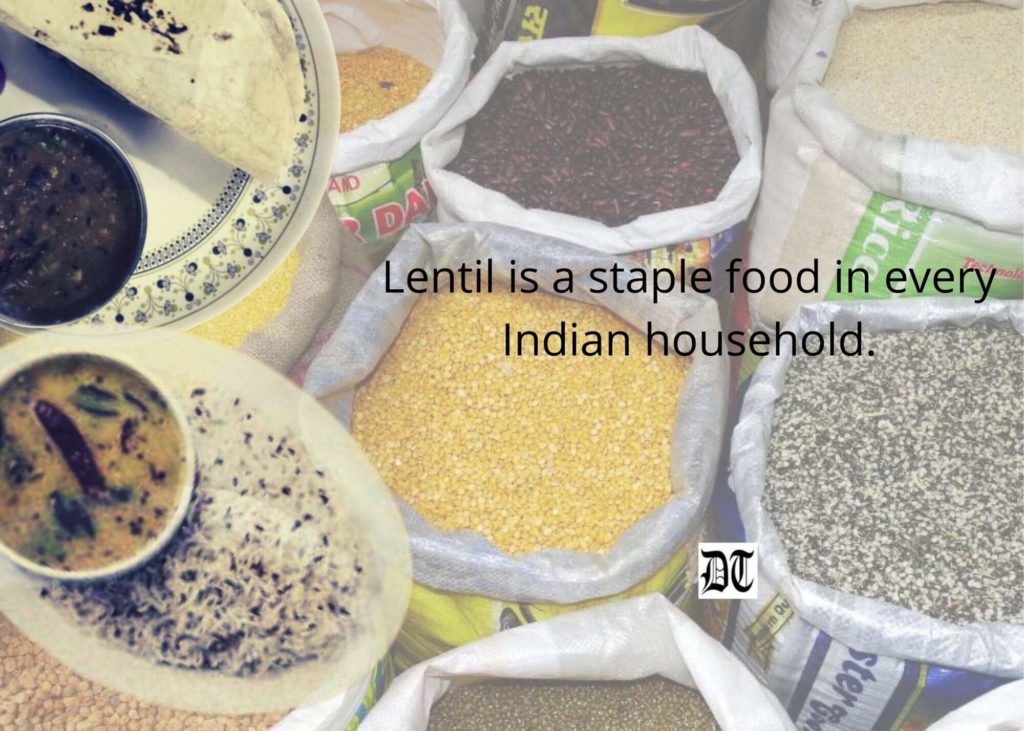Reading Time: 4 minutes
Ruchira tells us about various kinds of lentils, rich in protein, and many ways these may be prepared. An exclusive for Different Truths.

Dal or lentils form the pivot point of Indian gastronomy. Powerhouse of proteins and other micronutrients, they are a sine qua non for the two major meals of each day. The bulk of the subcontinent’s populace being vegetarians, pulses are derisively nicknamed poor man’s meatimplying that the man on the street, who can’t afford to buy eggs, poultry, or meats, invariably turn to pulses for his supply of proteins so vital for sustaining life.
The lentils/ pulses (lingua franca dal) are almost as varied and limitless as stars in the sky. Lentil is a staple food in every Indian household. Each region of India has its favourite selection of dal, and each dal is prepared in myriad ways. They are enriched with protein, fiber, iron, potassium, and magnesium. Utterly devoid of trans-fat, sodium, and cholesterol. Lentils are harvested from leguminous plants – a category of flowering plants containing seeds in pods. These seeds, when dried, are perfectly fit for consumption by humans. In Hindi, as most of us know the term ‘Sabut’ is used for whole lentils while ‘Dhuli’ is used for split, and husked lentils.
The lentils/ pulses (lingua franca dal) are almost as varied and limitless as stars in the sky.
Chana dal (split and skinned Bengal gram) is possibly the most widely consumed in the country. It is cooked with slices of bottle gourd (lauki) or tempered with dry whole red chilies-chopped onion-tomato- garlic etc. The Bengalis’ signature dish chholar dal is a drier version with garam masala, ghee, dry whole red chilies, and miniscule fried coconut pieces. A great accompaniment for luchis (white flour puris).
Moong (green gram)is another commonplace lentil.
Moong (green gram)is another commonplace lentil. With its green skin on it is ideal for sprouts. After being husked, its golden yellow grains are often fried and salted to make a namkeen snack. Bengalis dry sauté the seeds and cook it with a dash of ginger paste, cumin seeds, red chili, and a blob of ghee. Bhaja muger dal it’s called.
The ubiquitous Arhar /Tuvar /Toor (aka Pigeon Peas) is the principal ingredient for Sambar, the perennial southern delight cum staple dish. Since it is best when spicy Arhar may also be cooked with a tempering of ghee-jira (cumin) – hing (asafetida) chopped onion-tomato-garlic.
I am tickled pink when I hear how some modern youngsters are befuddled while identifying the three above mentioned dals…
I am tickled pink when I hear how some modern youngsters are befuddled while identifying the three above mentioned dals since all of them happen to be yellow in colour. Here is a clue: Chana dal has large grains and a coarse texture. Arhar is relatively smaller and smoother, while Moong dal is shinier and tinier, also a little oblong.
The lovely pink Masur dal is highly palatable and darling of dal lovers. Light on the stomach and easily digestible it conveniently figures on the diet of convalescents or post-surgery patients.
We Bengalis may appear to nurture a fetish for Masur dal.
We Bengalis may appear to nurture a fetish for Masur dal. Eat it plain after tempering with dry whole red chilies and cumin seeds, or nigella seeds-green chilies. If you want a dash of freshness and aroma, squeeze in half a lemon in the serving bowl, while the cooked dal is kept aside to cool. And here is a comfort food: make a potli (bundle) of soaked masur dal using a clean cloth. Boil in a kettledrum/degchi in which rice is being boiled. Once these are done, empty the potli’s contents into a deep bowl, add salt, a little mustard oil, and a few slit green chilies. Mix thoroughly. Eat with steaming hot rice.

Black gram split/whole, with, or w/o skin is familiarly known as Urad dal (Bengali: Kolai /Biuli). Now, who hasn’t heard of the iconic dish kolaiyer dal and aloo posto (Urad dal paired with light combo of potato and poppy seed paste)?
Split green pea (Matar dal) is another widely available lentil. However, it occupies a low rung in the ladder of utility and popularity.
Moth dal (Matki) is commonly eaten in drier parts of the land.
Moth dal (Matki) is commonly eaten in drier parts of the land. Moth kachoris are a popular snack, in arid Rajasthan and Gujarat.
Unhusked black gram (aka Mah ki dal) is greatly relished in northern India, particularly among the Punjabi community.
Talking of pulses, one of my personal favourites is Panchmel dal (a native of Rajasthan) comprising five different pulses (permutation /combination allowed). It has a high consistency level, which you can dilute (by adding water) of course. However, its star attraction is the elaborate tempering: mustard, hing, curry leaves, dry and green chilies, chili powder, onion, tomato, garlic, et al.
I also relish Podi, which is of southern origin.
I also relish Podi, which is of southern origin. It is a coarse powder, comprising dried chilis, asafetida, Chana dal, Urad dal, (add peanuts also if you so desire) curry leaves, salt and sesame seeds. Remember to add a few drops of sesame (til) oil or blobs of ghee before consuming it with rice idli or dosa. Owing to its strong tongue-tickling taste it is lovingly nicknamed “gunpowder” or chutney powder.
Picture design by Anumita Roy, Different Truths
















